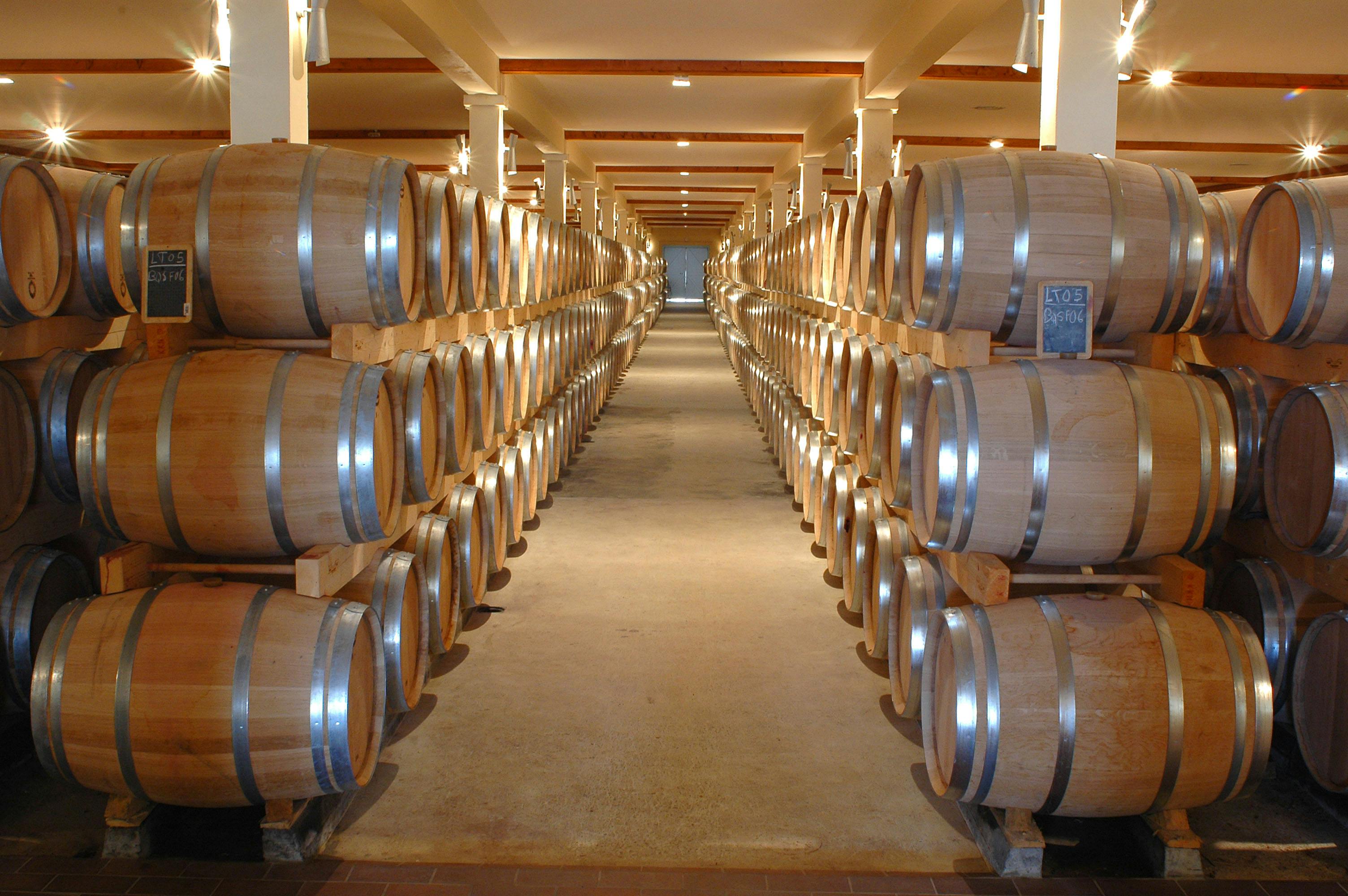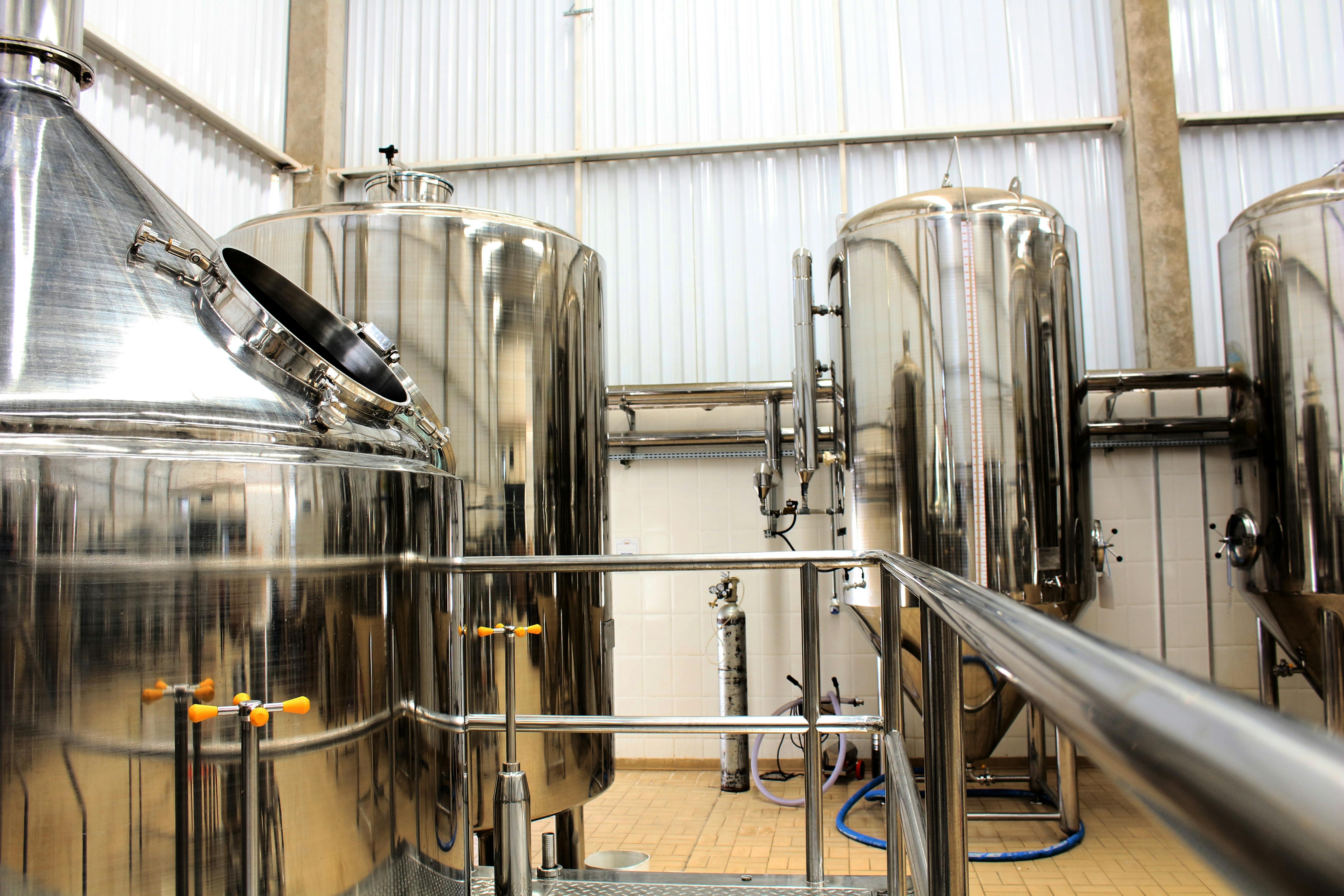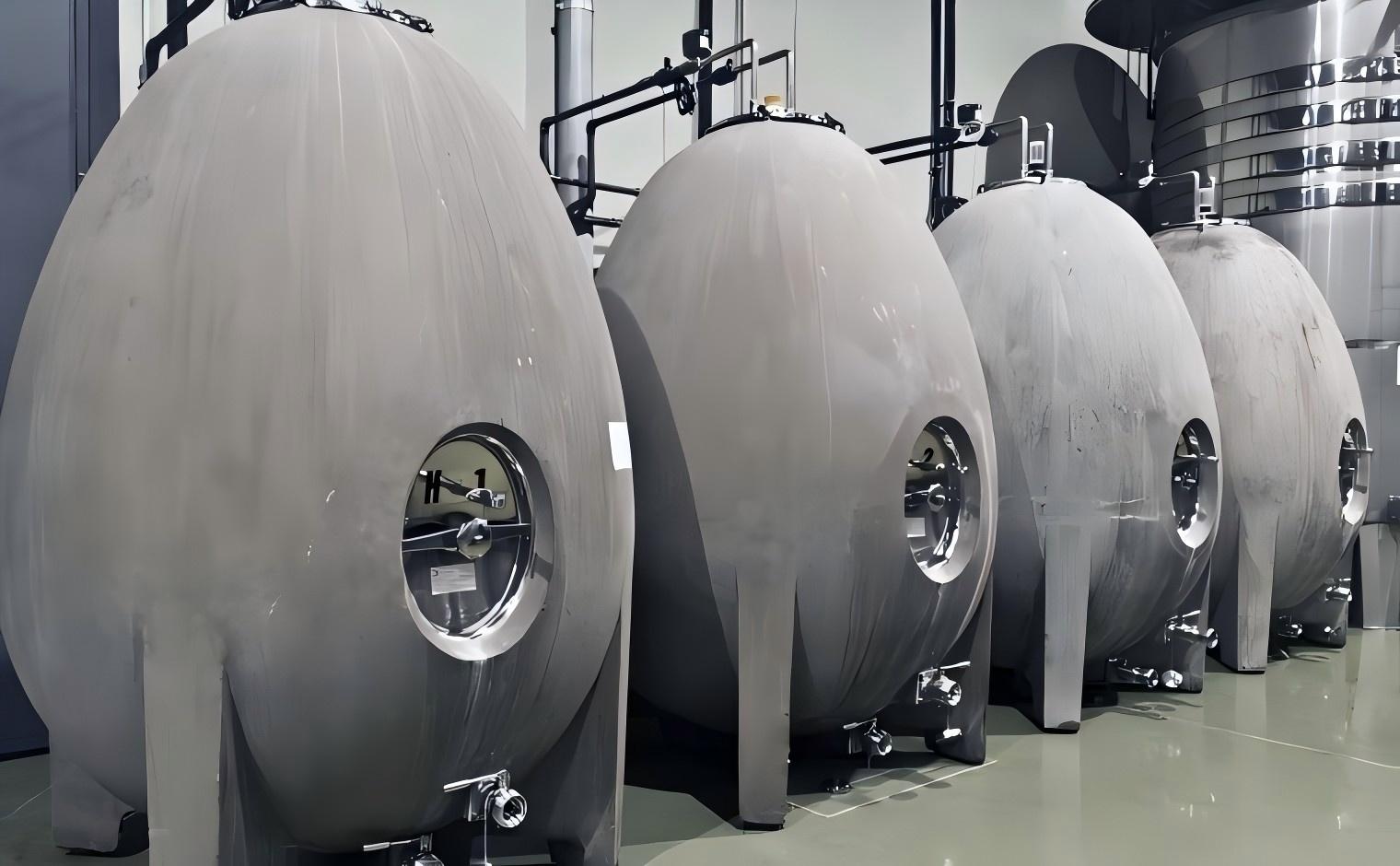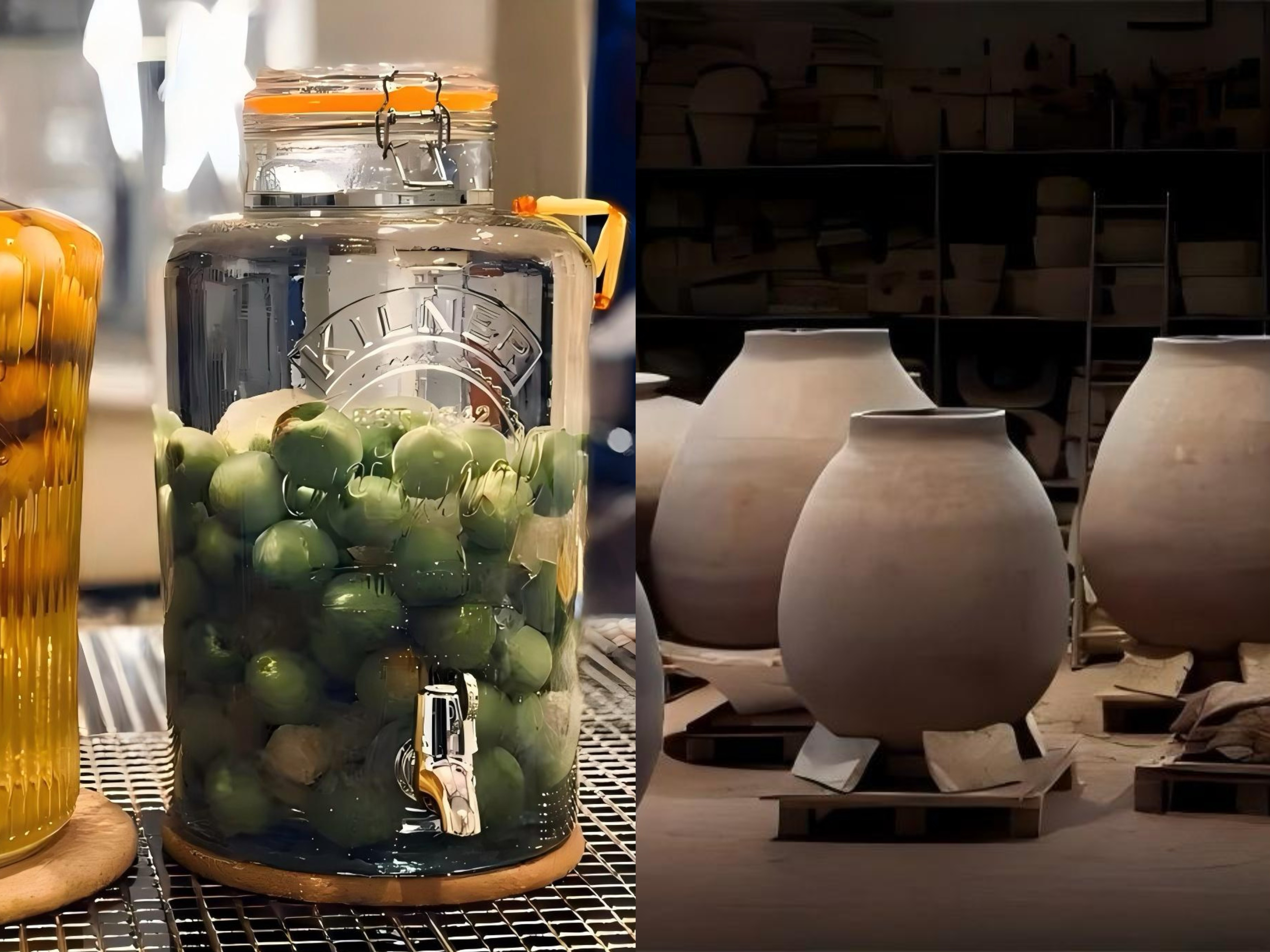The Secrets Hidden in Wine / The Relationship Between Wine Flavour and Containers
Winemaking is both a science and an art. The science lies in the winemaker’s meticulous control over every step of the process, while the art is found in the subtle, often indescribable decisions made along the way. A seemingly simple choice – whether to use oak barrels, stainless steel tanks, or concrete vats for fermentation – can shape a wine’s flavour, character, and even its ability to age gracefully.
1. The Old-School Aristocrat, the Flavour Master – Oak Barrels

When it comes to wine, oak barrels are an unavoidable key term. They are the cornerstone of traditional winemaking, and without them, many classic flavours would be impossible to achieve. The magic of oak lies in its ability to allow the wine to interact with oxygen “in a controlled manner”. This balance is delicate: with too much oxygen the wine oxidises, ageing prematurely; with too little, the wine can taste tight and astringent. Oak barrels let oxygen seep in slowly, while also imparting distinctive aromas like vanilla, caramel, smokiness, and subtle spices. The chemical compounds in oak, such as tannin and lignin, react with the wine, adding layers of complexity. Moreover, the “micro-oxidation” process softens tannin, enhancing the wine’s ageing potential. It’s no surprise that iconic wines like Cabernet Sauvignon and Chardonnay are always aged in oak barrels to achieve their signature profiles.
2. The Modern Elite, the Flavour Guardian – Stainless Steel Tanks

The introduction of stainless steel tanks revolutionised winemaking. For wines that emphasise fresh, vibrant fruit flavours, stainless steel is often the go-to choice. Its key feature is its inertness. Unlike oak, it doesn’t impart any additional flavours to the wine and effectively blocks oxygen exposure. This means that the original flavours of the wine are largely preserved. Retaining the pure flavours of wine, stainless steel tanks allow the “original flavours” such as fruit and floral aromas to be fully preserved, making it particularly suited for white wines like Riesling and Sauvignon Blanc. Also, its compatibility with modern temperature control technology ensures that fermentation occurs at the ideal temperature, preventing any loss of delicate aromas due to temperature fluctuations.
3. The Retro Nouveau Riche, Subtle Yet Intriguing—Concrete Vats

Concrete vats have recently gained popularity among boutique and high-end wineries, though their history predates oak barrels. Before modern winemaking techniques took hold, concrete was a common choice in European wineries. After falling out of favour for a time, it is now making a quiet but impressive comeback. The appeal of concrete lies in its ability to provide a gentle level of oxygen exposure, similar to oak barrels, but without adding any strong flavours of its own. In other words, it allows the wine to slowly “breathe” while retaining more of the fruit and mineral notes. Balancing oxidation and purity, concrete vats do not add flavour to the wine like oak barrels, but they can provide moderate oxygen contact like oak barrels. Concrete vats feature stable insulation. Concrete excels at maintaining a stable temperature during fermentation, thanks to its excellent thermal inertia. Moreover, concrete vats help retain the pure flavor of wine. They will not be as assertive as oak barrels but can highlight the characteristics of the grapes themselves, making them perfect for wine that needs to show more mineral notes.
4. Pottery Jars, Glass Tanks, and “Unconventional Approaches” – Other Options

Beyond the mainstream choices of oak, stainless steel, and concrete, some winemakers are exploring more unconventional options like pottery jars, glass tanks, or even ancient techniques such as fermenting in large jars or amphorae. Pottery jars, for example, have been used for thousands of years in regions like Georgia. Their porous nature allows for a unique level of oxygen exchange, which can create wines with distinctive textures and mineral-driven flavours. However, controlling the level of oxidation can be tricky, making this method a risky endeavor. Glass tanks, on the other hand, are completely inert and don’t influence the wine’s flavour, but they are highly sensitive to temperature changes and are typically reserved for experimental batches. These “niche” containers, while uncommon, add an exciting layer of diversity to the world of wine.
Back to the Original Question: How Is Wine Made? The Choice of Container Might Be Half the Answer. Oak barrels bring depth, complexity, and a touch of tradition; stainless steel tanks preserve purity and freshness; and concrete vats strike a harmonious balance between the two. As for pottery jars, glass tanks, and other unconventional vessels, they remind us that winemaking is filled with diversity. The next time you enjoy a glass of wine, take a moment to consider the container it was fermented in. Behind each choice lies the winemaker’s vision and their thoughtful approach to crafting flavour.




